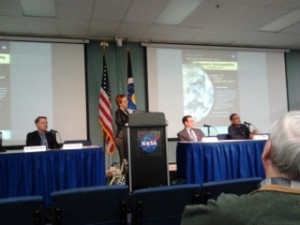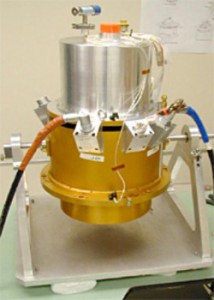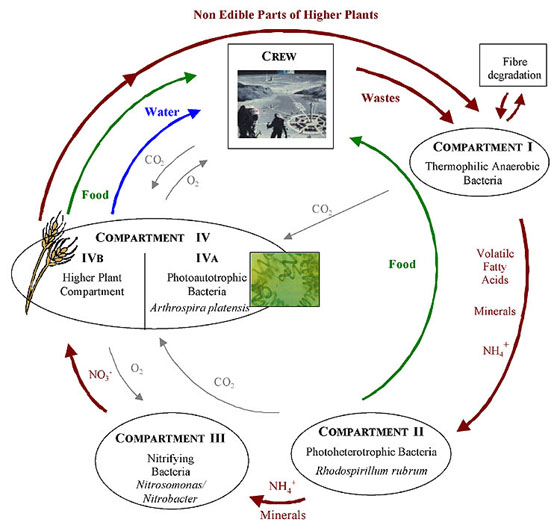 A little known fact is that NASA has a flywheel program. The international Space Station (ISS) is periodically in the Earth’s shadow, so that its solar arrays do not work all of the time. A form of energy storage is required in order to operate the ISS while eclipsed and during peak loads. At one time, NASA had considered using flywheels to store electrical energy on the space station. Like many other NASA programs, the flywheel program has seen better days, but the technology still exists. Much of the research had centered around Glenn Research Center.
A little known fact is that NASA has a flywheel program. The international Space Station (ISS) is periodically in the Earth’s shadow, so that its solar arrays do not work all of the time. A form of energy storage is required in order to operate the ISS while eclipsed and during peak loads. At one time, NASA had considered using flywheels to store electrical energy on the space station. Like many other NASA programs, the flywheel program has seen better days, but the technology still exists. Much of the research had centered around Glenn Research Center.
Flywheels are an old form of energy storage involving a rotating wheel that stores mechanical energy. The faster the wheel spins, the more energy it stores. Lead acid batteries are the common way to store electric energy. More sophisticated batteries have been created, but they still are somewhat heavy, typically involve toxic chemicals and wear out relatively quickly.
Given launch costs, sending up heavy discs of iron would seem absurd. Fortunately, today’s flywheels are a far cry from the simple iron wheels of older days. NASA developed lightweight flywheels where nearly all the mass is along the rim to maximize energy stored in terms of mass. They are configured to operate at extemely high rates of spin (up to 60,000 RPM) and involve sophisticated electronics. The key thing is that NASA’s flywheels are said to last much longer than batteries, so that they would not need to be replaced as often, which would cut down tremendously on energy storage launch costs.
A former contractor on the program mentioned that NASA eventually decided to stick with batteries, so that the flywheel program has languished. However, he was optimistic that this technology, particularly the electronics, could be adopted for earth-based flywheel systems. In fact, there are already several private electric flywheel storage firms in existence, but flywheels have not really taken off yet for electric storage. Part of the reason may be the minimum cost per unit. The electronics themselves could cost $5,000 to $50,000 per unit. On Earth, it may be possible, though, to construct giant flywheels to mitigate the cost per kwh stored. That suggests that flywheel technology may be best suited for large-scale electric energy storage, but isn’t this exactly they type of storage needed to fully take advantage of large-scale wind and solar energy? Flywheels should have great potential for large-scale clean energy storage. If the cost of the electronics could be reduced, they should reduce the need for battery storage in smaller power systems as well.
(Note: The Glenn Research Center was formerly known as the Lewis Research Center.)
<h%>Image, upper left: NASA flywheel device. Image courtesy of NASA Glenn Research Center.)</h%>




